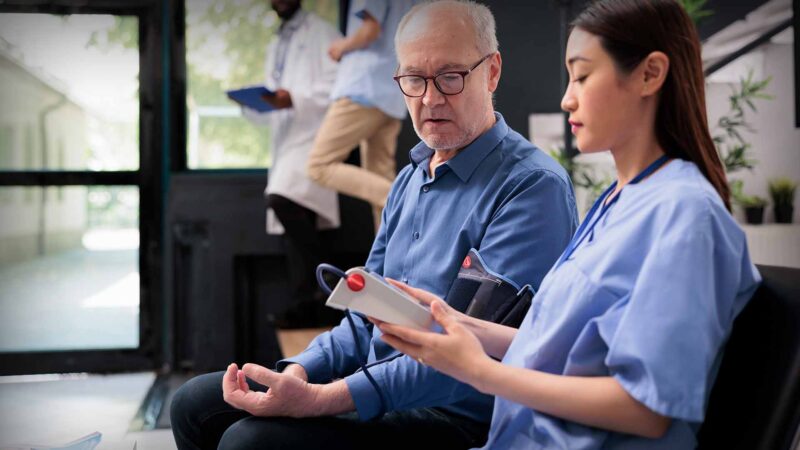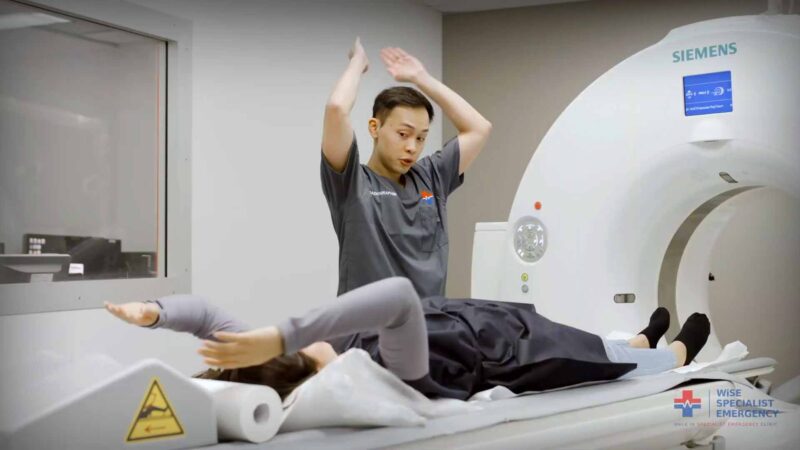Since its launch in 2014, the Child Dental Benefits Schedule has seen a gradual increase in participation year on year. The impact of COVID-19 and related shutdowns saw participation fall sharply in 2020. Though it increased 2021, the national target of 41% participation was not reached in 2021-2022, with the total (35.4%) more than three percent below 2018 participation rates.
Strong participation rates in programs like the CDBS cannot be understated. Good oral health habits, preventative treatment and regular check ups all play a major role in good oral health as people enter adulthood. Current statistics show issues with oral health in early life have a major impact on both the individual and a flow on effect on the national health system. Reducing the rates of potentially preventable hospitalisations due to dental conditions is one of the Key Performance Indicators of the National Oral Health Plan 2015–2024
Australian Dental Industry Association (ADIA) has sourced the following data on Oral Health, hospitalisations, and children in Australia
In 2019–20, about 67,000 hospitalisations for dental conditions may have been prevented with earlier treatment.
- In 2019-20, 5–9-year old’s had the highest rate of potentially preventable hospitalisations.
- 22,900 children aged 0-9 were hospitalised for dental conditions that may have been prevented with earlier treatment.
- Around twice as many people eligible for public dental care (39%) stated they would have difficulty paying for a basic preventive visit than those ineligible for public dental care (18%).
- People who usually visit the dentist for a problem (58%) were more than twice as likely as those who usually visit for a check-up (27%) to avoid or delay visiting a dentist due to cost.
As the peak industry body representing suppliers, manufacturers, and wholesalers to Australian oral health professionals, Australian Dental Industry Association (ADIA), sees opportunity to make a measurable difference to the health of children in Australia. ADIA believes increased awareness of the Child Dental Benefits Schedule will increase preventative care, create better habits, and improve health outcomes for Australian children. Reducing preventable hospitalisations in children under 18 will have the added benefit of easing public health system congestion resulting an improved functioning national healthcare system overall.
In an opinion segment, Australian Health Journal spoke with Abano Healthcare Group Clinical Director, Dr Fred Calavassy, with over 30 years of clinical experience, about his observations of the Child Dental Benefits Scheme ways to increasing participation rates.
You Might also like
-
Unleashing the potential of Paramedic skills and knowledge
According to a prominent paramedicine academic and researcher, paramedics have the potential to provide much-needed care in the community, changing the traditional healthcare model. Research points to paramedics having a wider healthcare workforce impact based on their ability to identify and fix problems 24/7.
Dr. Brendan Shannon is Head of Postgraduate Programs in the Department of Paramedicine at Monash University and a member of The Australasian College of Paramedicine. His interests including refining healthcare models, to ensure underserved communities receive requisite care. These alternative care pathways, like outreach programs, can work out of hospitals to provide care in underserved communities with social and complex chronic conditions.
-
Specialist emergency care clinics in rollout
Unlike Emergency Departments that operate within public hospitals and some private hospitals, a Walk-in Specialist Emergency Clinic is located in the community and designed to provide comprehensive, coordinated acute care – from initial consultation and diagnostic services, to treatment and specialist referral if required – without the patient having to visit a hospital.
Australian Health Journal spoke to the visionary, founder and CEO behind this WiSE Specialist Emergency clinic, Dr Pankaj Arora.
-
Impact of genetic pathologist role across medicine
Dr Marina Berbic is a genetic pathologist and the Deputy Director of Genetics at Douglass Hanly Moir Pathology – a laboratory based in Sydney and part of Sonic Healthcare. The genetics department at Douglass Hanly Moir offers a wider array of genetic tests across many domains, and the medical leadership model ensures the highest possible standard of care and commitment to patient safety.



